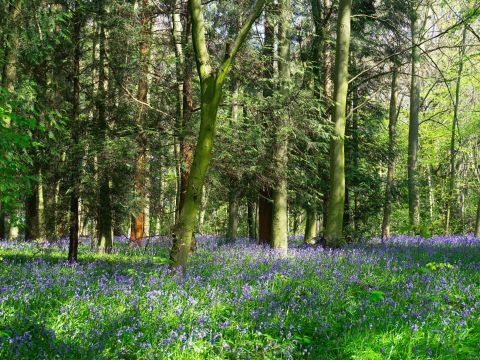Why do trees blossom?
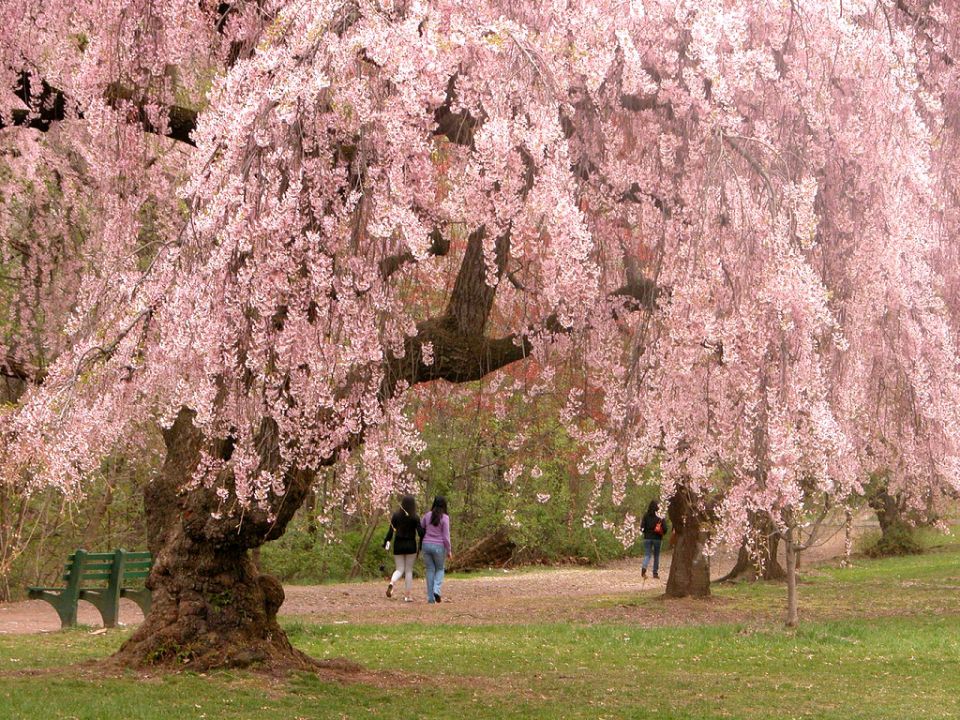
One of the most iconic indicators that spring is here in the UK - blossoming trees! They treat us to a beautiful display of soft pink and white flowers in towns and cities and mark the start of the season. But why aren’t we treated to these pastel pinks and creamy white blossoms all year round? Let's dive into some of the reasons why.

TEMPERATURE
Let's start by rewinding the seasons back a bit. In autumn, temperatures begin to cool, which triggers trees into becoming dormant to save energy for the cold months ahead. Whilst in this ‘sleepy’ phase, deciduous trees save their energy by losing their leaves.
Once the days start to get longer and temperatures start to warm up though, the tree slowly wakes up from its winter slumber. The tree will open its buds, and start to flower, blossom or produce new leaves.

DAYLIGHT
Once the Northern Hemisphere reaches the Spring Equinox around March 20th each year, the days become longer than the night. This means more daylight for trees!
When there is more sun, the trees are able to get back to converting carbon dioxide into sugars and energy for themselves in a process known as photosynthesis. They will put on more growth, which you can spot by seeing buds bursting into new leaves and flowers.
Once spring and summer draw to a close and the days’ length become shorter, some trees will put on a beautiful display of autumnal colours. Green leaves will turn into vibrant reds and yellows. By late autumn to early winter, the leaves will fall to the ground as the tree begins the process of saving energy again.
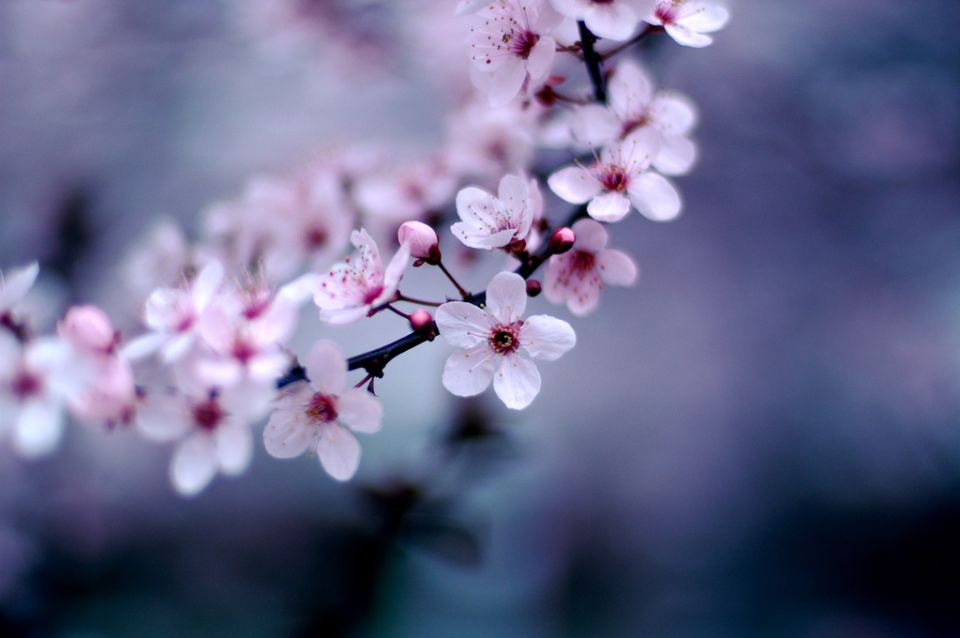

POLLINATION
It’s not only trees that become active again in spring - many other critters and animals start to wake up too! Trees are smart old things so during spring will create brightly coloured and sweet smelling blossoms to attract pollinating insects and bees to their fresh pollen and nectars. This helps provide some well needed energy for these drowsy bugs and is a vital way for trees to continue reproducing.
As these pollinating insects fly from one tree to another, the pollen they collect will fall off of them and connect with other flowers. Once pollinated, flowers produce fruits and seeds over the coming weeks and months with some seeds and fruits falling to the ground, germinating and eventually growing into a whole new tree.

Some seeds and fruits are eaten by birds and dispersed away from the parent tree, so they won’t compete with one another. Squirrels are also well known for hiding acorns to eat in harsh times but sometimes they forget where they have hidden them and new oak trees will grow. Who knew that some of the oak trees you see are there thanks to a forgetful squirrel!?
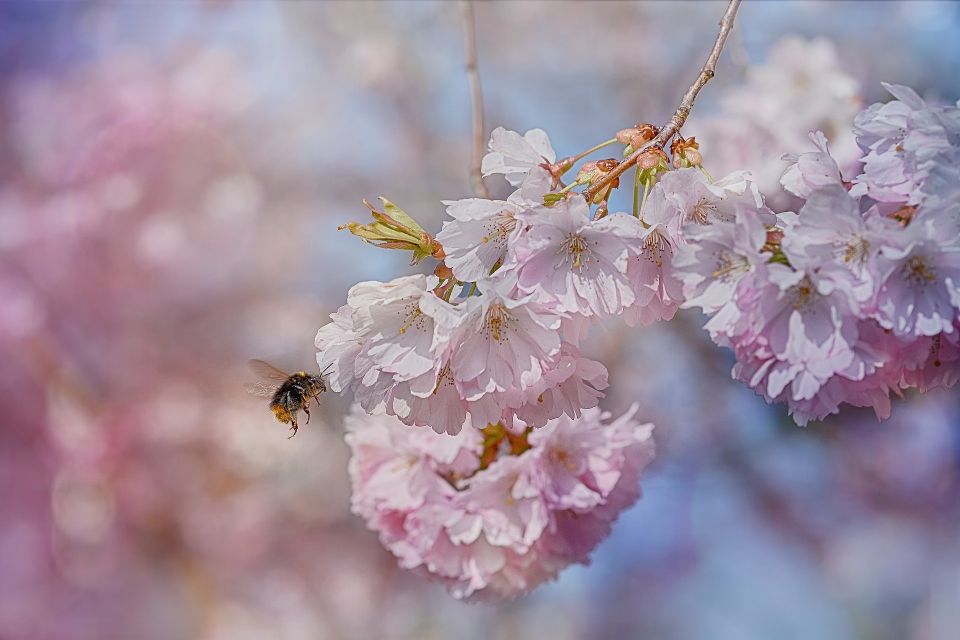
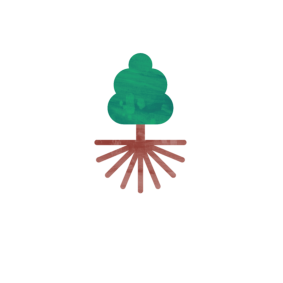
When will trees flower?
In order for trees to blossom at certain times, the temperatures need to have reached a cold enough degree and remain at that temperature for a set amount of days. This then needs to be met with enough consecutive warmer days to ‘wake’ the tree up and start blossoming.
With our seasons and temperatures fluctuating and becoming more uncertain than ever, it can be hard to predict the precise time for trees to blossom now. Horse chestnut trees which would normally flower in spring have been seen to flower again in September. Climate change is a confusing time for trees...
Typically though, we should start to see species such as blackthorn, cherry plum and crab apple bringing a splash of pink and white to urban areas in February and March, with other species such as pear, apple and quince blossoming up until May. Once a tree blossoms, their pretty flowers will last for around 2 weeks so make sure you enjoy the fantastic views while they last!
Donate to Trees for Cities and together we can help cities grow into greener, cleaner and healthier places for people to live and work worldwide.
Donate